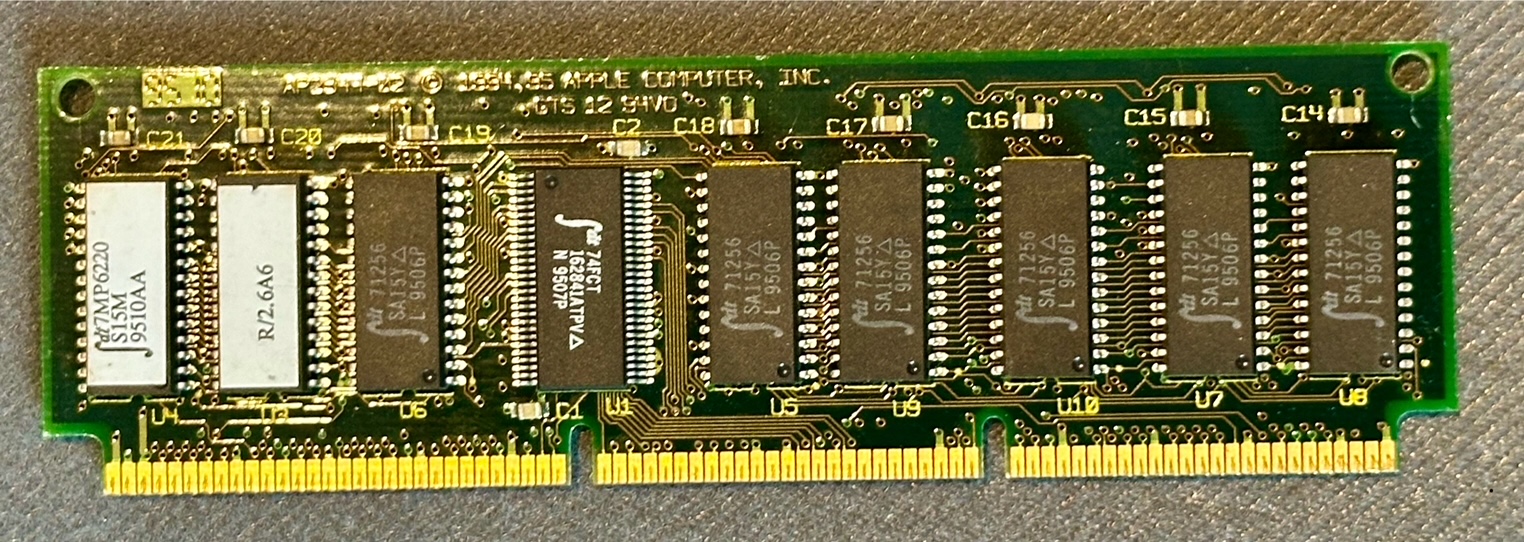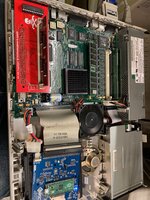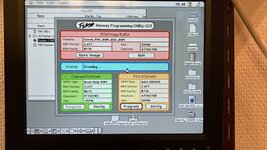This version seems tailor made for the Power Mac 7500, but it might contain some other interesting goodies.
Yep --
@Phipli pointed this CD out to me a while back. I haven't looked at the older versions, but the newest one has a table entry that matches against the 7500, 8500, and 9500. I haven't gone in depth to figure out how it works. I believe it would be compatible with a ROM DIMM that has sixteen Am28F020 chips on it for a total of 4 MB of ROM. That would be a crazy looking ROM module...
There are also table entries for the NuBus Power Macs and Power Mac upgrade cards. I think those entries were also in the old version but the table appeared to be kind of weird on those entries. They look more normal in this newer version.
And it worked! I can both read and flash using this PDS programmer my red ROM from an STB. It should also work with the Lobos card, and maybe some others that I'm not aware of.
Very exciting stuff! Nice job on the board layout. It's a lot cleaner than the crazy wire mess I made during the holidays

I'm so glad you were able to verify it with the STB ROM SIMM. It makes sense because the table entries showed that combination as being supported.
It would be nice to figure out how the STB SIMM is wired up and what the 74F86 chip on it does. I'm thinking that it's going to be creating chip select signals for the two different sets of 4 chips based on one of the address pins. One will be the inverse of the other.
I did also test it in an LC3, but it did not get detected by the machine, so I'd say anything older than LC475 is a no go.
That's because there's no table entry in Flasher for the LC III's PDS slot. I'm pretty sure we can hack the program to add support for the PDS card in the LC III by adding the appropriate table entries.
By the way, I haven't pointed this out to you until now
@Jockelill, but I'm pretty sure that once I've finished hacking Flasher, the PDS card will be able to flash all 8 MB of an 8 MB SIMM, which is an improvement over the limitation of the /WE signal in the ROM SIMM socket in the Quadras...
Well, unless there's a limitation where Flasher doesn't like 8 MB ROMs at all. I guess we'll find out...




